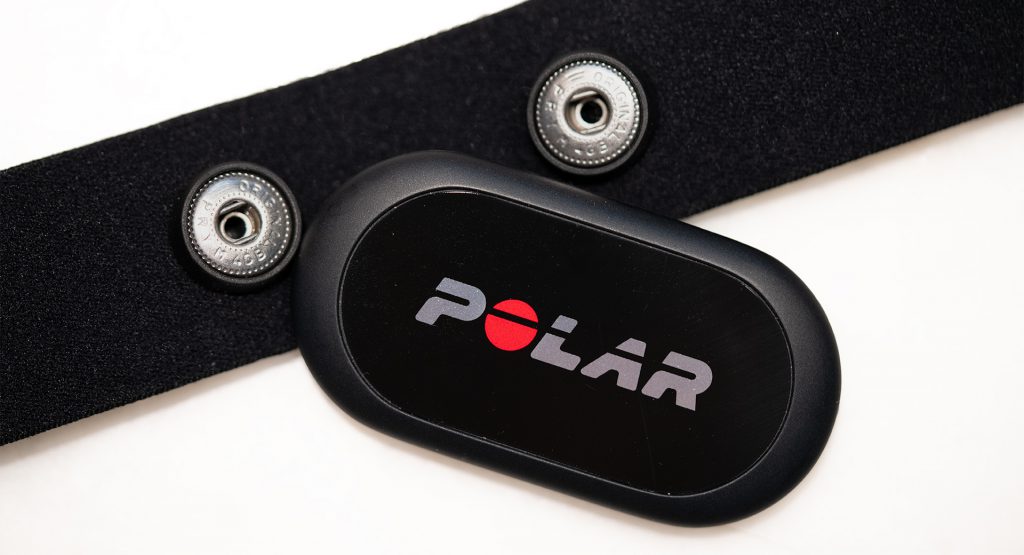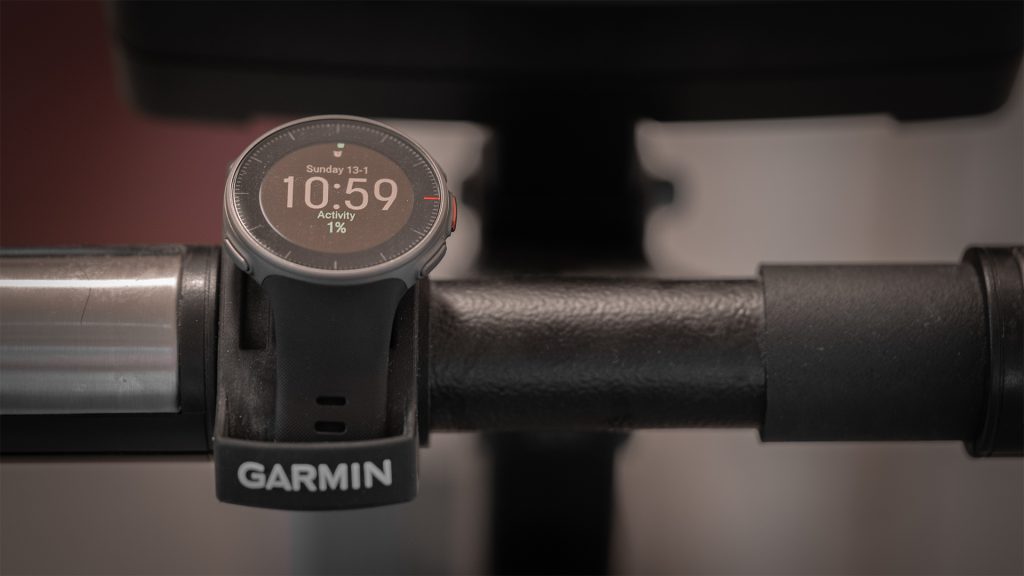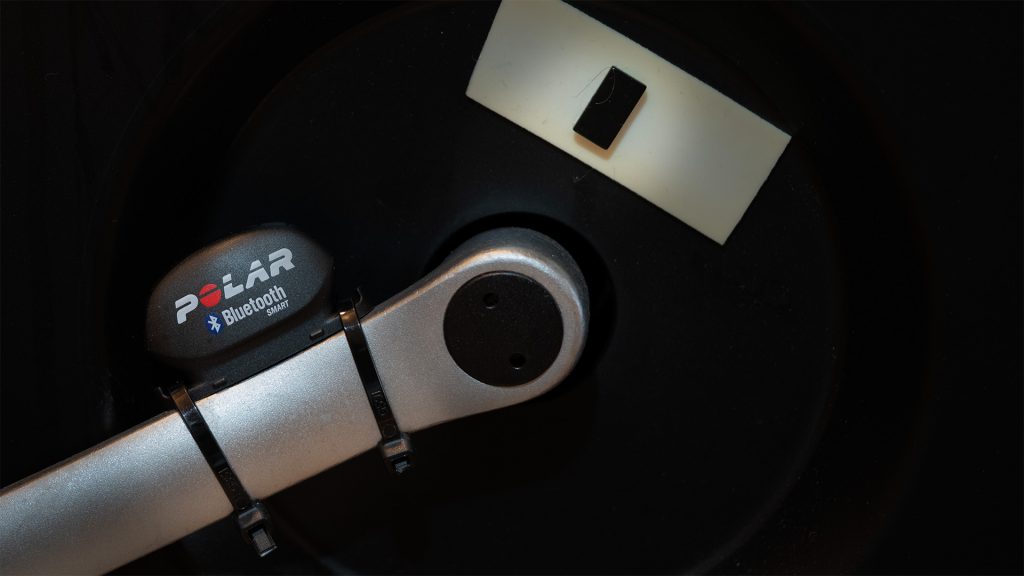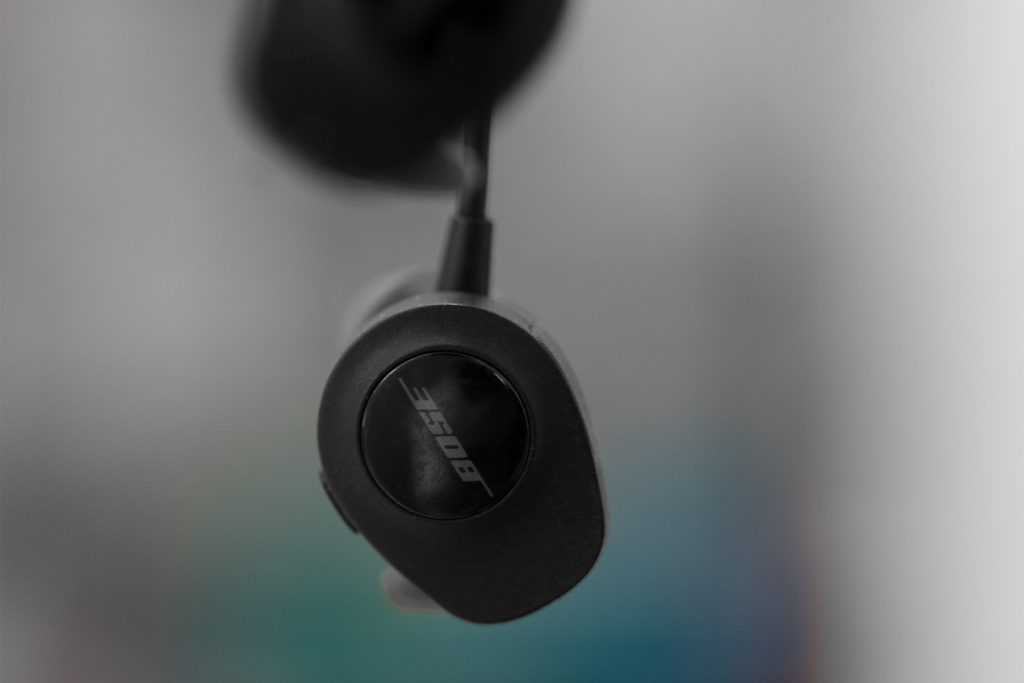Indoor Cycling Tracking Tools and Sites I use
If you are following me, if not you should :) you know that I’m on a weight loss journey :) I started my diet with no exercise. After week six I added three 40 minutes cardio sessions per week and increased that to four sessions just two weeks ago. When I decided to include some cardio my weight was 136kgs / 300lbs. There was no way for me to do running with that amount of weight. Swimming could be right, but its a huge logistics nightmare if you are living in Istanbul and its winter! So, I decided with indoor cycling. It is safe, cheap, not hard on knees and easy to schedule at home optimizing total time spent per calorie burned :)
On top of that background, I should mention that I’m a quantified self freak :) or I was, and I’m back :) I love to track, meter, quantify things. For all these cardio sessions, I had to monitor my heart rate. Not just to have data, but I do shape my cardio work around heart rate zones. That’s a discussion for another day. My tool of choice for this one is a Polar HR strap.

I’m using a Polar H10 to track my heart rate. You might have a watch with an optical heart rate sensor, but those never get the instant spikes as fast, and accurate as a heart rate strap. Most strap based sensors use ECG (electrocardiogram) measuring the electrical activity of the heart to deliver continuous and resting heart rate instead of trying to calculate changes in blood volume by optically looking in it. You should definitely go with a strap if you are in this for the long run. Polar H10, or Polar H7 both work pretty well with Bluetooth Smart devices and GymLink. Bluetooth Smart support means that you can use this sensor with your recent Android or iOS phone. GymLink is the 5kHz transmission protocol some types of gym equipment support. If your gym has support for it you will instantly start seeing your actual heart rate on gym equipment and not need to hold those bars, if you know what I mean :) The major difference between H10 and H7 is that H10 can update its firmware on-the-fly with Polar’s mobile apps, and has built-in memory to keep a sessions worth of heart rate data where H7 needs a constant connection to your phone, or watch.
You can definitely use Polar’s mobile app Polar Beat and a heart rate strap to track your cardio session. In my case, I invested into a Polar Vantage V knowing that I will be using it for the next couple of years indoor, outdoor and I need to see my metrics during a run on my wrist, instead of a phone with a fitness armband. Just a side background, I was doing a lot of outdoor running before I got fat :) So, these are all decisions based on past experience :) Though I could have held to my Polar V800 which was working fine. But the gadget freak in me didn’t stop talking.

As you can see above I’m attaching my watch onto the handle with an old Garmin bicycle mount. Now you know I’m a total gadget freak and have a Garmin Fenix 5X in the closet.
Back to the topic :) Now that I have the HR tracking done there are two additional missing metrics we can track. One is the power I’m applying onto the pedal. Unfortunately, I was not able to find a power meter that would fit my indoor bicycle. The second metric is simply the cadence. That’s an easy one.

I’m using Polar Cadence Sensor to push RPM onto my watch. See the retrofit above :) That magnet is staying there well with a 3M stripe. The cadence sensors usually come with a speed sensor as well. In the case of an indoor bicycle, there is no transmission, so the speed sensor ends up reporting the same data as cadence, not really helpful. In my case, I have only installed the cadence sensor. Keep in mind that right now Polar Beat does not support cadence for indoor cycling. You can use Wahoo Fitness app to record cadence data with your phone. In my setup, I’m using my watch to record it all.

Finally, you can’t do a cardio session without some music, right? :) I have an old Bose SoundSport that I love. There is actually a newer model where there isn’t a cable connecting the left and right plugs, and it’s all wireless. It has a pretty good, stable connection, and I love how it fits into my ear with no drops during running. Oh yeah, I will start running again, soon :)
This is as much as it goes from a hardware perspective. On the software side, I’m using Polar’s web site to track all my activities and runs. The watch already syncs up everything with their cloud service. If you go with Polar Beat you can use their Flow web site as well. The functionality on the web site is offered based on the Polar hardware and tools you use. Additionally, I manually enter my activities into Runkeeper. I’m a big fan of Runkeeper, have been one of their Ambassadors back in the days. Oh My God, if you visit that link to the ambassador page you will see how I lost weight back into 2014 :) I hope no one from Runkeeper saw me getting that weight back. Anyways, I’m losing it again, right? :) Shouldn’t be a big deal, I’m on the right path.
Unfortunately Polar and Runkeeper don’t sync with each other automatically. I’m doing it all manual. Not sure if I will give up on Runkeeper at some point. Manual work is hard to keep consistent. I just like the idea of keeping some kind of data somewhere independent. Runkeeper has been the place years ago, and it still is for me.
So far, that’s all I’m using to track all I can with the hardware and software involved. Of course, weight tracking is another topic of interest, and I’m planning to write about it soon :) Let me know what you think below. Interested to hear what’s your setup :) See you next time.